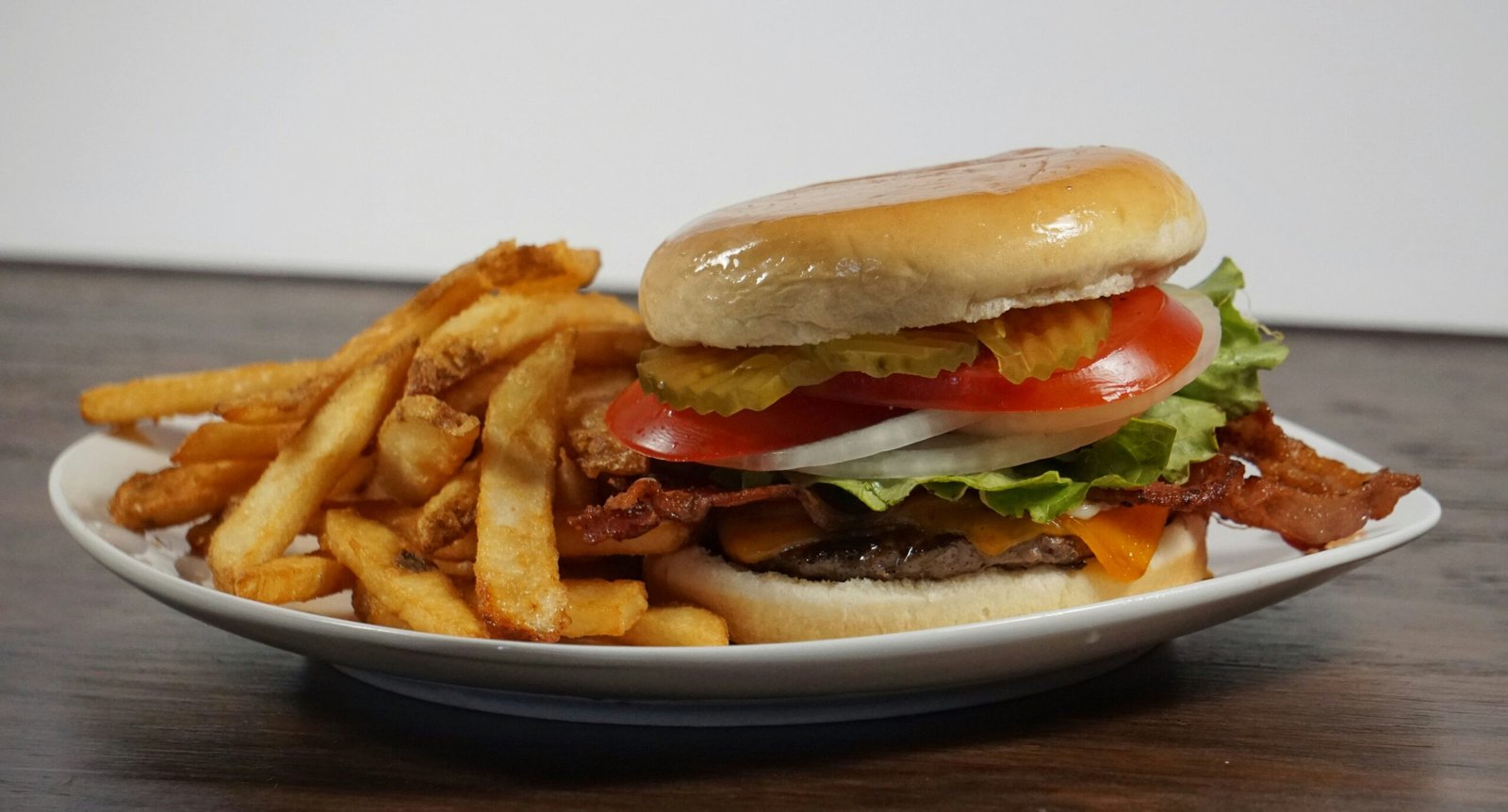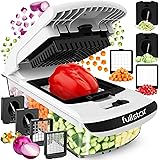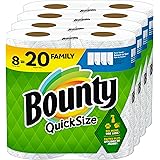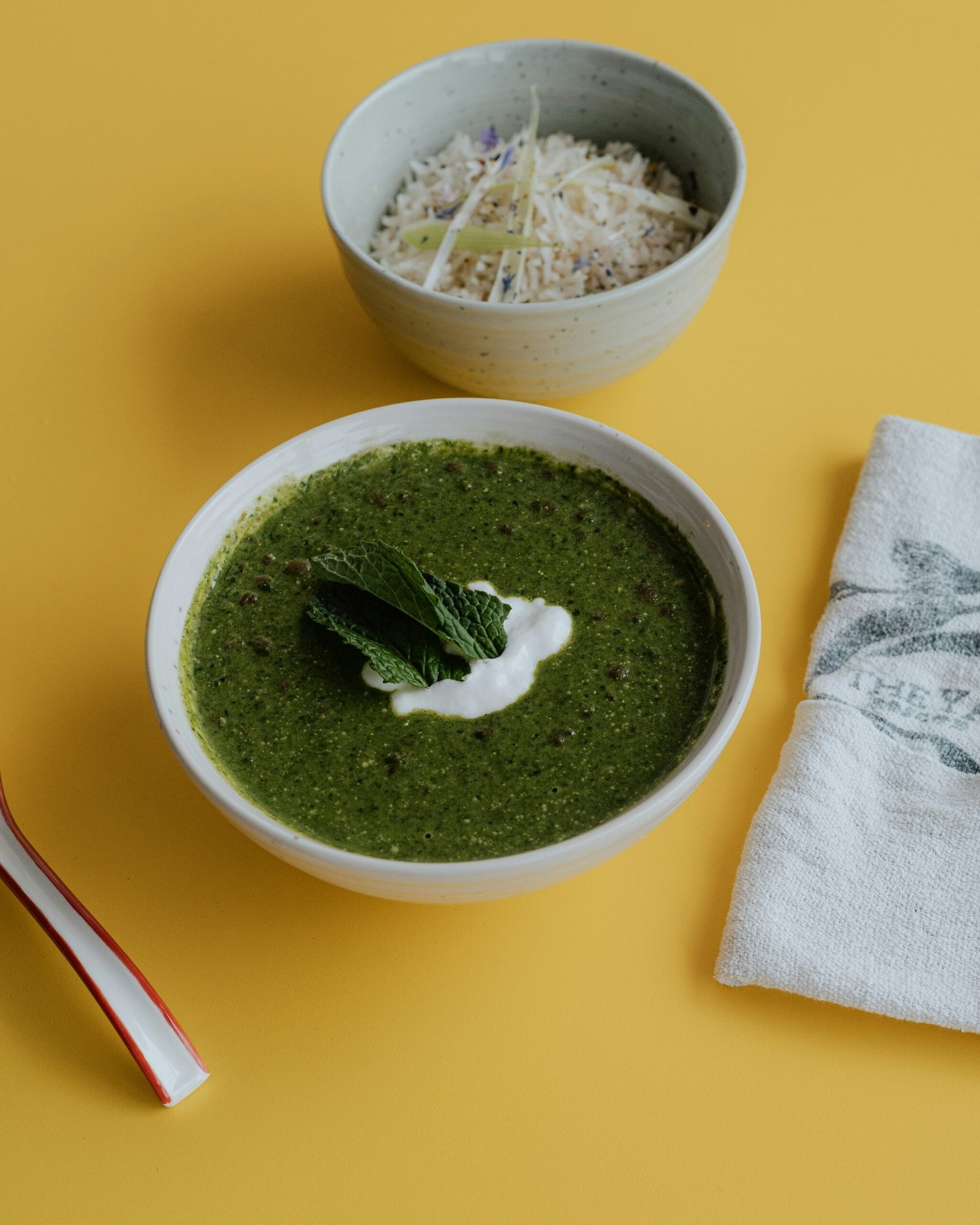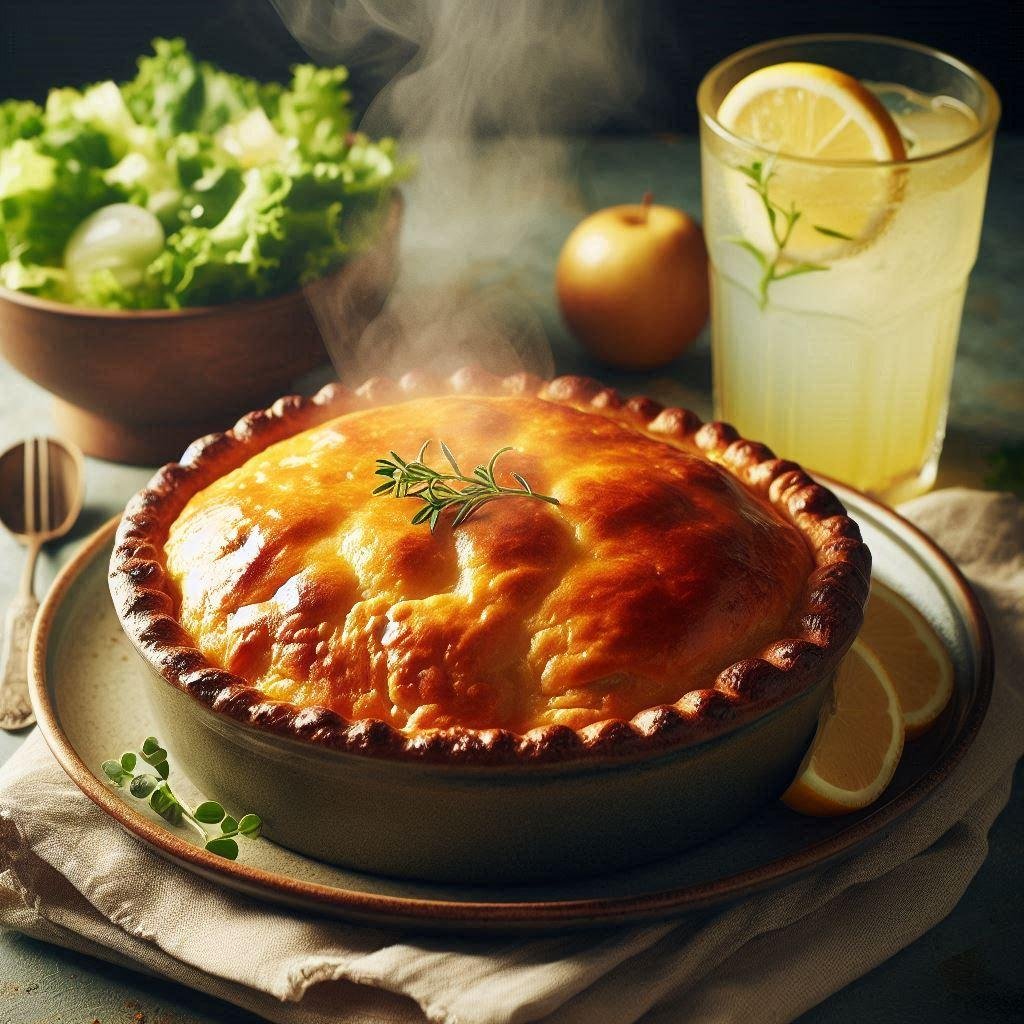Introduction to the Classic Cheeseburger
The classic cheeseburger stands as a quintessential icon of American cuisine, woven into the fabric of dining culture across the United States. Characterized by its simplicity and flavor, the cheeseburger has a history that dates back to the early 20th century. It is widely believed that the cheeseburger was first introduced in the 1920s, gaining rapid popularity and becoming a staple in diners and eventually in fast-food chains across the world.
The cultural significance of the cheeseburger cannot be overstated. It embodies a sense of nostalgia and tradition, often evoking memories of backyard barbecues, road trips, and timeless family recipes. Its enduring appeal lies in the balance of its fundamental components—a juicy beef patty, melted cheese, fresh lettuce, tomato, onions, and tangy pickles, all encased in a soft bun. Despite variations and gourmet transformations, the essence of the classic cheeseburger remains much the same as it was nearly a century ago.
Creating a classic cheeseburger at home offers numerous advantages over buying one from a fast-food restaurant. For one, it allows for complete control over ingredient quality, ensuring that each element is fresh, natural, and tailored to individual tastes. Homemade cheeseburgers also offer an opportunity for culinary creativity, enabling you to experiment with different cheeses, seasoning blends, and cooking techniques to perfect your personal rendition of this cherished dish.
In this guide, we will explore the essential components that constitute the perfect classic cheeseburger. From choosing the right type of beef to selecting the ideal cheese and constructing the burger for optimal flavor and texture, every detail matters. By the end, you’ll have all the knowledge needed to craft a cheeseburger that rivals any fast-food counterpart, all from the comfort of your own kitchen.
Choosing the Right Ingredients
The foundation of any excellent cheeseburger lies in the quality of its ingredients. Selecting the right type of ground beef is paramount. Opt for freshly ground beef with an optimal fat content—80/20 ground chuck is ideal. This proportion ensures the juiciest and most flavorful patties, as the fat melts during grilling, imparting a rich taste and moist texture. Avoid leaner cuts, as they can result in a dry and crumbly burger.
Equally significant is the choice of cheese. For the perfect classic cheeseburger, look for cheese that melts smoothly and complements the flavor of the beef. American cheese is a popular option due to its perfect meltability and creamy texture. Cheddar cheese, with its sharp and tangy profile, also makes an excellent choice, though it may not melt as uniformly as American cheese.
Buns play a crucial role in the overall balance of your cheeseburger. Fresh brioche buns or potato rolls are exemplary choices, providing a soft yet sturdy structure to hold the ingredients together. Ensure the buns are lightly toasted before assembling the burger to introduce a subtle crunch and prevent sogginess from the juices.
Complement your cheeseburger with fresh and vibrant toppings. Crisp lettuce, juicy tomato slices, and thinly sliced onions not only add a delightful crunch but also enhance the flavor profile with their freshness. Pickles, with their tangy and slightly sweet notes, provide a refreshing contrast to the savory beef.
No cheeseburger is complete without the right sauces and condiments. Classic combinations include ketchup and mustard, which deliver a balanced blend of sweetness and acidity. For a gourmet touch, consider adding homemade sauces such as a smoky chipotle mayo or a tangy barbecue sauce. Each condiment you choose should harmonize with the other ingredients, elevating the cheeseburger to a culinary masterpiece. By meticulously selecting high-quality ingredients, you ensure that every bite is a delightful experience, capturing the essence of a perfect classic cheeseburger.
Preparing the Perfect Patty
Crafting the quintessential cheeseburger begins with preparing the ideal patty. This foundation determines much of your burger’s flavor and texture. Start with a high-quality ground beef, preferably 80% lean to 20% fat ratio. This fat content ensures a juicy and flavorful patty. When mixing ground beef, it is crucial to handle it gently to avoid overworking. Overmixed meat results in a dense and tough texture, detracting from your burger’s appeal.
To form the perfect patty, divide the ground beef into loosely packed balls, each weighing approximately six ounces. Gently flatten these balls into disks with a thickness of about three-quarters of an inch. While forming the patties, avoid pressing too hard as it can cause the meat to compact excessively. Crafting an overall uniform thickness ensures that the patties cook evenly.
One essential technique to master is creating a shallow indent in the center of each patty using your thumb. This indentation helps counteract the natural tendency of the patty to puff up while cooking, promoting even cooking and maintaining a flat surface suitable for cheese placement.
Seasoning the patties is a straightforward yet vital step. Liberally apply salt and pepper to both sides of each patty just before cooking. This timing ensures that the seasoning penetrates the meat without drawing out too much moisture.
Once formed and seasoned, allow the patties to rest at room temperature for about 15 minutes before cooking. Resting the patties helps them relax, which aids in moisture retention and even cooking. This small yet crucial step contributes significantly to achieving that perfect, juicy classic cheeseburger.
Cooking Methods and Techniques
Achieving the perfect classic cheeseburger at home depends significantly on the chosen cooking methods and techniques. Among the popular methods are grilling, pan-frying, and broiling, each offering its unique set of advantages and challenges.
Grilling
Grilling is a favored method, celebrated for imparting a smoky flavor that enhances the overall taste of the classic cheeseburger. To grill a burger, preheat the grill to a high temperature, around 450°F (232°C). Place the patties on the grill and cook for approximately 3-5 minutes per side, depending on your desired level of doneness. To ensure even cooking and avoid charring, use a thermometer to check that the internal temperature reaches 160°F (71°C) for medium. Make sure to flip the burgers only once to retain juiciness.
Pan-Frying
Pan-frying is another excellent method, offering more control over cooking temperatures and creating a delightful crust on the burger. To pan-fry a cheeseburger, heat a skillet over medium-high heat and add a small amount of oil to prevent sticking. Cook the patties for about 4-6 minutes per side, adjusting heat as necessary. Aim for an internal temperature of 160°F (71°C) to ensure the burger is thoroughly cooked. This method allows you to easily caramelize onions or toast buns in the same pan, enhancing the flavor profile of your cheeseburger.
Broiling
Broiling is a convenient indoor method, using high heat from above to cook the burgers. Preheat your broiler and place the patties on a broiler pan. Position the pan so the burgers are about 4-6 inches from the heat source. Broil for 5-7 minutes per side, checking frequently to prevent overcooking. As with grilling and pan-frying, ensure the internal temperature reaches 160°F (71°C) for a perfectly cooked cheeseburger.
Regardless of the method chosen, maintaining juiciness is crucial. To achieve this, avoid pressing down on the burgers while cooking, as this expels essential juices. Additionally, allow the burgers to rest for a few minutes after cooking to let the juices redistribute evenly. By carefully selecting your cooking method and following these tips, you can create a delicious, juicy classic cheeseburger at home.
Selecting and Melting the Cheese
A cheeseburger’s allure is undeniably tied to its cheese, which adds a rich, creamy texture and an irresistible flavor. When selecting cheese for a classic cheeseburger, American, Cheddar, and Swiss varieties stand out as popular choices. American cheese is a staple in the cheeseburger universe due to its smooth, melt-in-your-mouth consistency, and mild flavor. It melts uniformly, creating a luscious, gooey layer over the patty.
Cheddar cheese, on the other hand, offers a sharper taste and can range from mild to extra sharp. Opt for medium or sharp Cheddar to achieve a balance of flavor without overwhelming the burger’s overall profile. Swiss cheese brings a nutty, slightly sweet flavor that complements the beefy patty without overshadowing it. Its melting qualities are excellent, delivering a creamy finish that pairs well with the other ingredients.
To ensure the cheese melts perfectly over the patty, it is essential to consider the timing and technique. Begin by cooking your beef patty to your desired doneness, typically medium-rare to medium. When the patty is almost done, place a slice of your chosen cheese on top. Cover the pan or grill with a lid or a metal bowl to create a steam environment, which facilitates even melting. This technique helps the cheese adhere to the patty without burning or dripping excessively.
If using a stovetop, reduce the heat slightly before adding the cheese to avoid scorching. Another effective method involves placing the cheese on the patty during the last minute or two of cooking, allowing it to melt gradually with the residual heat. For a smoky flavor, consider using indirect heat on the grill while covering the burger to melt the cheese.
Ultimately, achieving the perfect melt enhances the classic cheeseburger experience, creating a delightful harmony between the patty and cheese layer. By selecting the right cheese and employing the correct melting technique, you will craft an exceptional cheeseburger that satisfies every bite.
Assembling the Burger
Creating the perfect classic cheeseburger involves more than just cooking; proper assembly is crucial for achieving a balanced and flavorful burger. Start by toasting your buns. Your choice of bun, whether a brioche, sesame seed, or classic hamburger bun, should be toasted to add a crisp texture that complements the juicy burger patty. Place the halved buns cut-side down on a hot skillet or grill for a minute or two until they are golden brown.
Begin assembling your burger by spreading a thin layer of your chosen sauce or condiment on the bottom bun. Condiments such as ketchup, mustard, or a special burger sauce are instrumental in enhancing the overall flavor profile. Spread evenly to avoid overpowering any bites.
Next, add a leaf of crisp lettuce directly on the sauced bun. The lettuce acts as a barrier, keeping the bun from becoming soggy due to the juices from the patty. Position the cooked burger patty atop the lettuce, ensuring that it is central to the bun for an even bite distribution. The cheese, already melted onto the patty during the cooking process, should be gooey and act as a glue for the toppings.
Following the patty, layer thinly sliced tomatoes and pickles. These elements introduce acidity and crunch, enhancing the burger’s texture and flavor complexity. When adding these toppings, ensure they are evenly dispersed to offer consistent taste with each bite. Optionally, add finely sliced onions either raw for a sharp bite or caramelized for a sweet contrast.
Finally, place the top bun on your perfectly assembled burger. If desired, spread a thin layer of sauce on the underside of the top bun as well—just enough to add flavor without overwhelming the taste. Press down gently to secure all components together, ensuring the burger is compact yet not squished. This methodical assembly ensures each element—bun, sauce, greens, patty, and additional toppings—works in harmony for a classic cheeseburger experience that is both delicious and satisfying.
Sides and Accompaniments
Creating the perfect classic cheeseburger at home is a delightful process, but pairing it with complementary sides elevates the entire meal experience. Classic side dishes such as fries, onion rings, coleslaw, and simple salads are not only traditional but also enhance the flavors of your cheeseburger, making the meal more satisfying.
Fries
Fries are an inevitable companion to a cheeseburger. Homemade fries are surprisingly easy to prepare. Start by selecting russet potatoes for their ideal starch content. Cut them into uniform strips, soak in cold water for 30 minutes to remove excess starch, and dry thoroughly. Blanch the fries in hot oil at 325°F until tender but not browned. After cooling, fry them a second time at 375°F until golden and crispy. Season immediately with sea salt for that perfect crunch.
Onion Rings
Onion rings add a delightful crisp texture to your meal. Use large white onions, sliced into thick rings. Prepare a batter by mixing flour, cornstarch, baking powder, salt, and cold sparkling water. Dip the onion rings into the batter and coat them evenly. Fry in hot oil at 375°F until golden and crispy. Season with a pinch of salt and serve hot, ensuring a tasty crunch with every bite.
Coleslaw
Coleslaw provides a refreshing contrast to the rich flavors of a cheeseburger. Shred green and red cabbage along with carrots. For the dressing, combine mayonnaise, apple cider vinegar, honey, Dijon mustard, salt, and pepper. Toss the shredded vegetables in the dressing until well-coated. Let the coleslaw rest in the refrigerator for at least an hour to allow the flavors to meld. This crispy, tangy side dish balances the savory cheeseburger perfectly.
Simple Salad
A simple salad can offer a lighter alternative. Mix together fresh greens like arugula, spinach, and lettuce. Add cherry tomatoes, cucumber slices, and thinly sliced red onions. For the dressing, whisk olive oil, lemon juice, Dijon mustard, salt, and pepper. Drizzle the dressing over the salad just before serving, ensuring a bright, zesty flavor that pairs well with the cheeseburger’s rich profile.
In essence, thoughtfully selected sides not only enhance the flavor of your homemade cheeseburger but also create a well-rounded dining experience. Whether you opt for crispy fries, crunchy onion rings, tangy coleslaw, or a refreshing salad, these accompaniments are sure to complement your classic cheeseburger perfectly.
Troubleshooting Common Issues
Even with careful preparation and high-quality ingredients, various issues can arise when crafting the perfect classic cheeseburger at home. Common problems include undercooked or overcooked patties, dry burgers, unmelted cheese, or soggy buns. Understanding the reasons behind these issues and implementing practical solutions can lead to an ideal cheeseburger every time.
One common issue is undercooked or overcooked patties. To achieve perfectly cooked patties, it is crucial to use a meat thermometer. Aim for an internal temperature of 160°F (71°C) for beef burgers. Monitoring the cooking time and heat carefully can prevent overcooking, which often results in dry, less flavorful patties. Flipping the patties only once and using medium-high heat can also help maintain juiciness and proper cooking.
Dry burgers can be particularly disappointing. To combat this, consider adding a small amount of fat such as butter or bacon fat to the ground meat mixture before shaping the patties. Another method is to avoid pressing down on the patties while they cook, as this squeezes out essential juices. Resting the patties for a couple of minutes after cooking can allow the juices to redistribute, improving the overall texture and flavor.
When it comes to unmelted cheese, the timing is key. Adding the cheese slice to the patty during the last minute of cooking, then covering the pan with a lid or loosely with aluminum foil, can help melt the cheese evenly. Alternatively, placing the patties with cheese under a broiler set to low for a quick melt can prove effective.
Soggy buns are another common problem. To counter this, lightly toasting the buns can provide a barrier against moisture. Additionally, placing condiments and vegetables between the burger patty and the bun can prevent juices from soaking through the bread. Using a high-quality or slightly stale bun can also help maintain structure and add a delightful texture to the cheeseburger experience.
By paying attention to these troubleshooting tips, you can enhance the quality of your homemade cheeseburgers and ensure a satisfying meal every time. A little attention to detail can transform a good burger into a great one, allowing you to enjoy the perfect classic cheeseburger straight from your kitchen.

